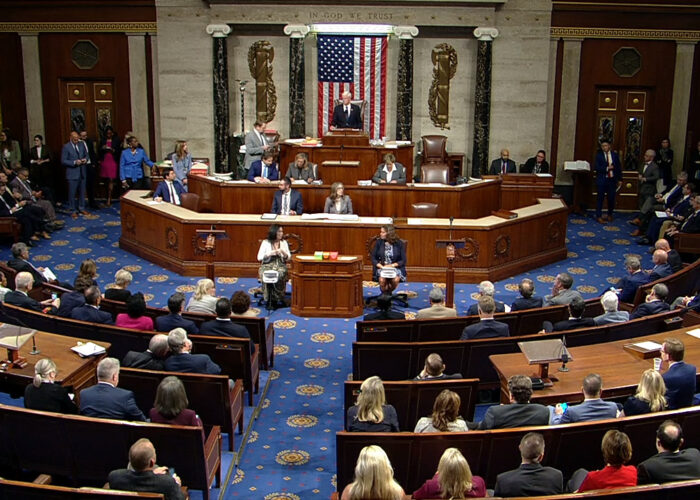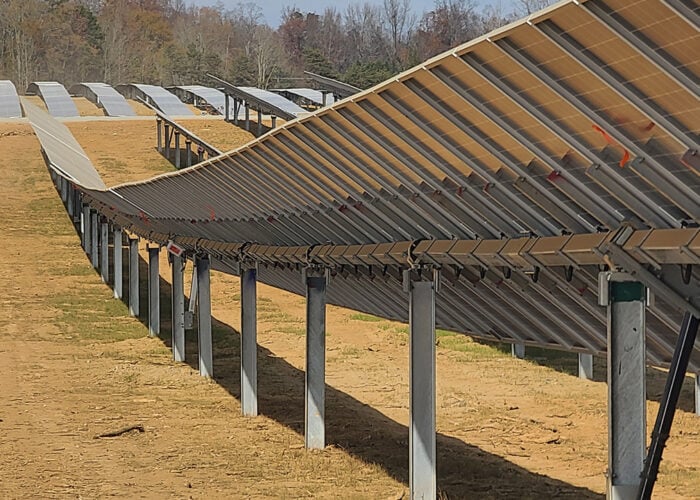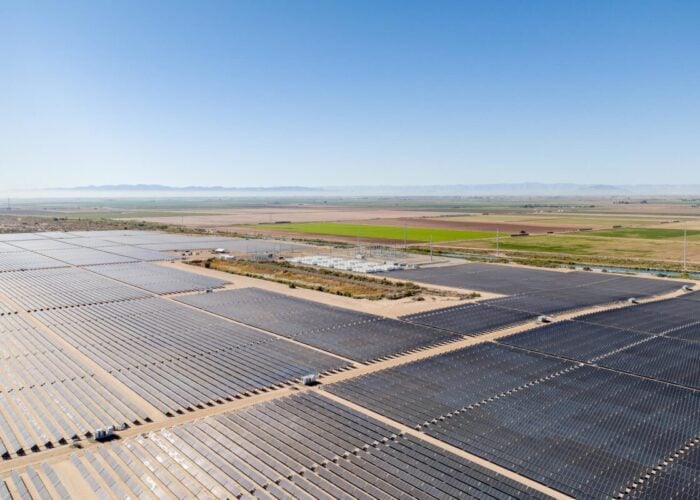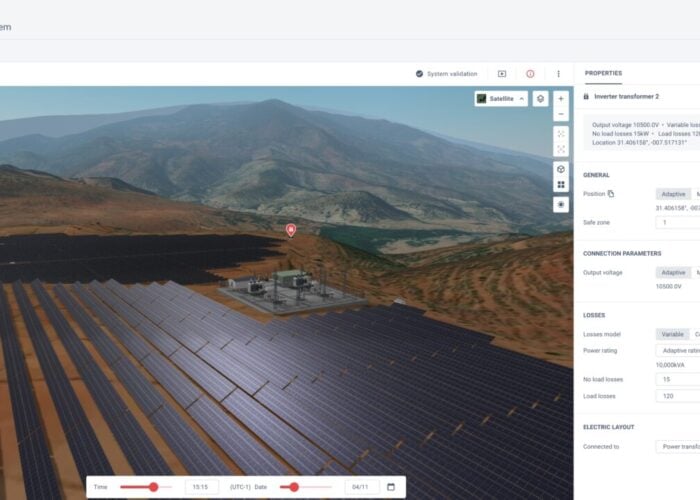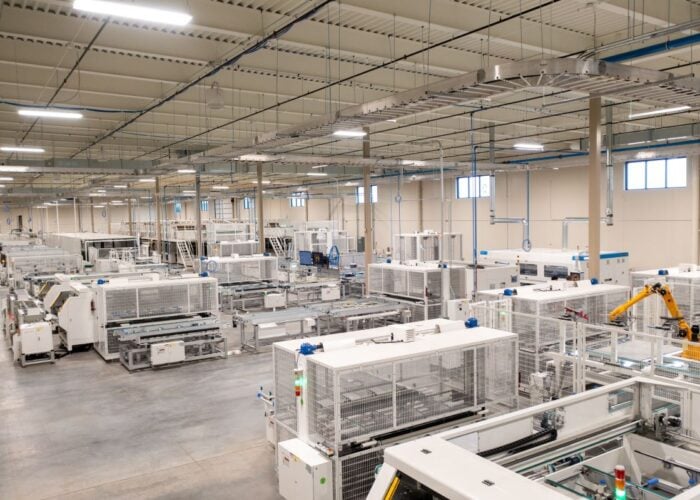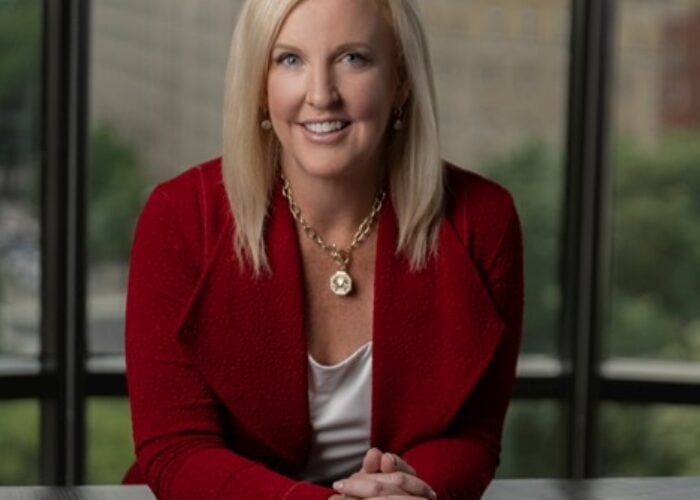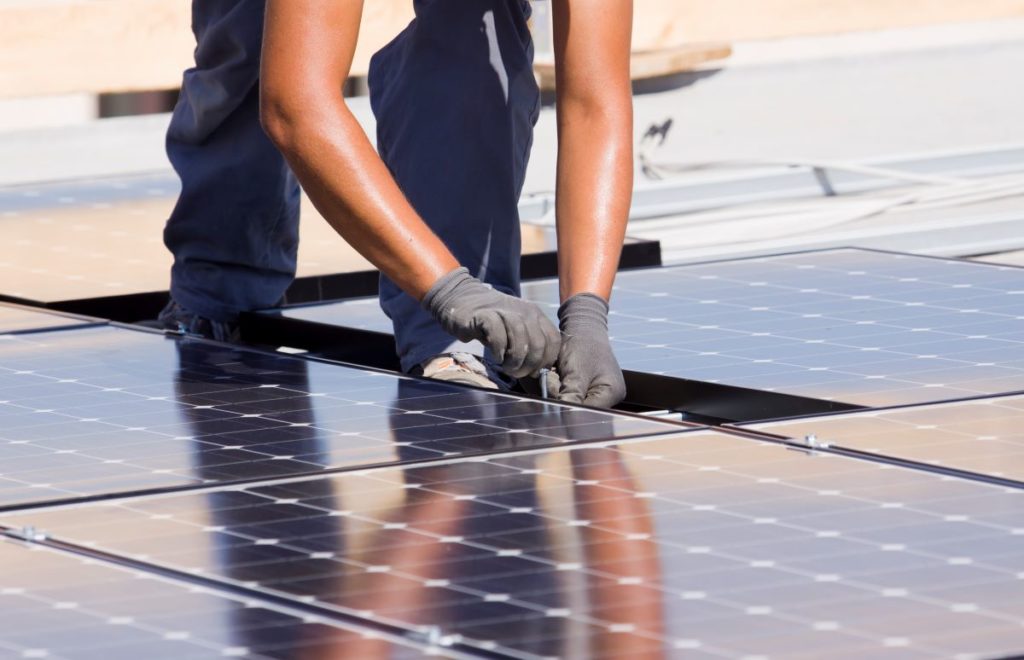
Solar PV projects’ operations and maintenance (O&M) are often overlooked during the development stage, according to Chris Stacy, director of business development at BayWa r.e. in the US.
The way contracts are being used on an O&M site is quite similar to what was done three to four decades ago with wind, adds Stacy.
Unlock unlimited access for 12 whole months of distinctive global analysis
Photovoltaics International is now included.
- Regular insight and analysis of the industry’s biggest developments
- In-depth interviews with the industry’s leading figures
- Unlimited digital access to the PV Tech Power journal catalogue
- Unlimited digital access to the Photovoltaics International journal catalogue
- Access to more than 1,000 technical papers
- Discounts on Solar Media’s portfolio of events, in-person and virtual
“O&M is kind of at a stagnant space, if you will, I think that it’s very rooted in this kind of traditional methodology of how we go about doing it. For many years now, there’s been this attempt to push down a fixed cost for the preventative maintenance bid. Everyone’s trying to push the price down, because these margins are very tight in these deals anyway,” adds David Barnes, managing director at BayWa r.e. operations services.
One of the reasons BayWa r.e – who is primarily a development company – created an O&M division was to involve the operations team at an early stage, at nearly 10% of the development stage, says Barnes. Whereas externally, the company is starting to become more and more involved at earlier stages of the development as a consultant in order to lower the costs of the project.
“We want to have a reasonable balance between our third party and our internal business, but we’re trying to look at it and say, ‘How do we maximise the value of this asset?’ ‘How do we maintain the value of the asset?’ That is the primary reason for O&M quite frankly, to maintain the value of the asset as it goes forward. And I think that message gets lost quite often, where people are just trying to make a living,” adds Barnes.
Among the new O&M approaches that BayWa r.e. has implemented into projects is the use of satellite data over weather stations which helps save not only in O&M costs to maintain or fix these stations but also time. Another implementation has been the use of sheep grazing to save up to 30% in mowing costs compared to a more traditional approach. You can read more about it in the following article (Premium subscription required).

